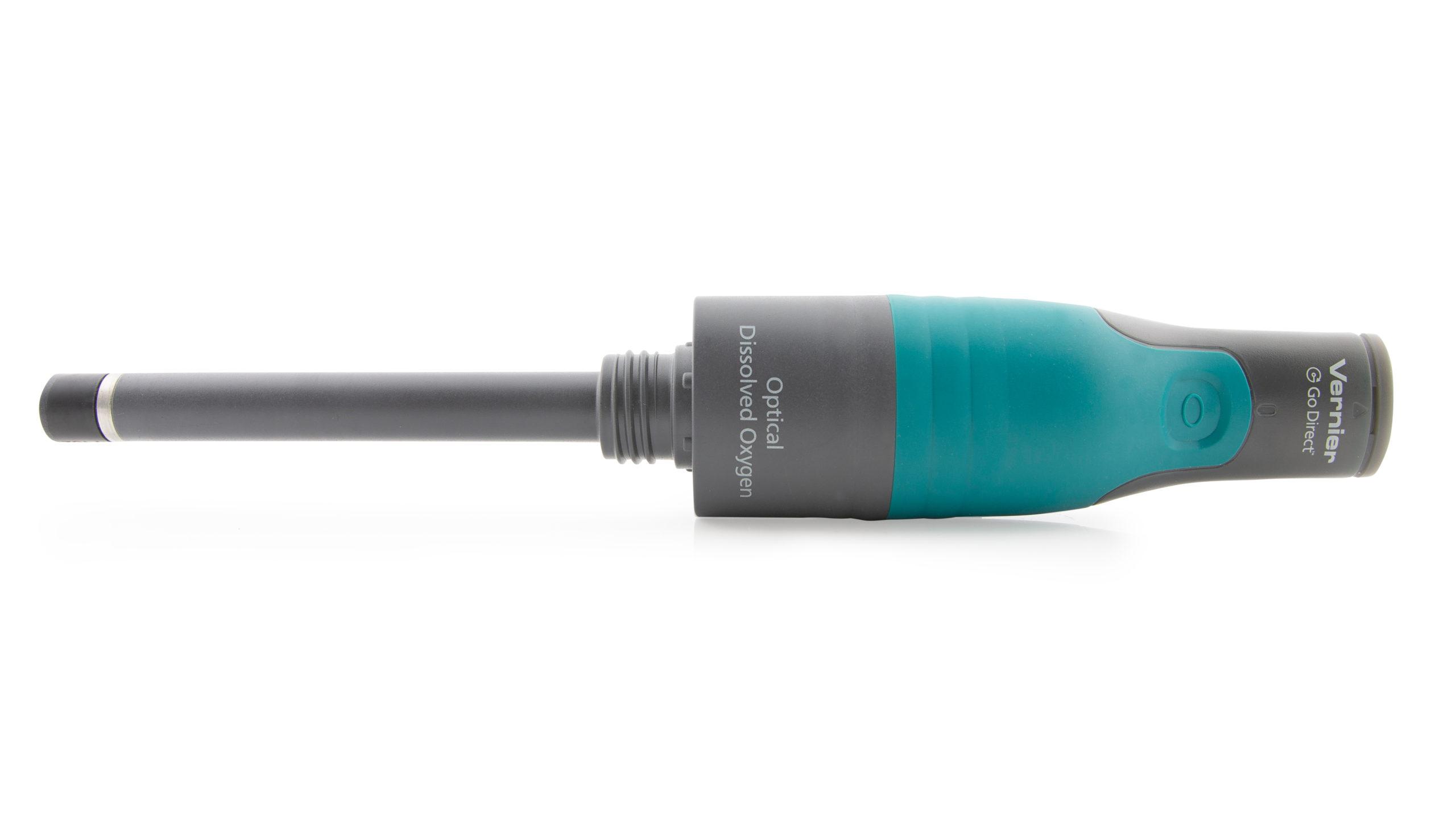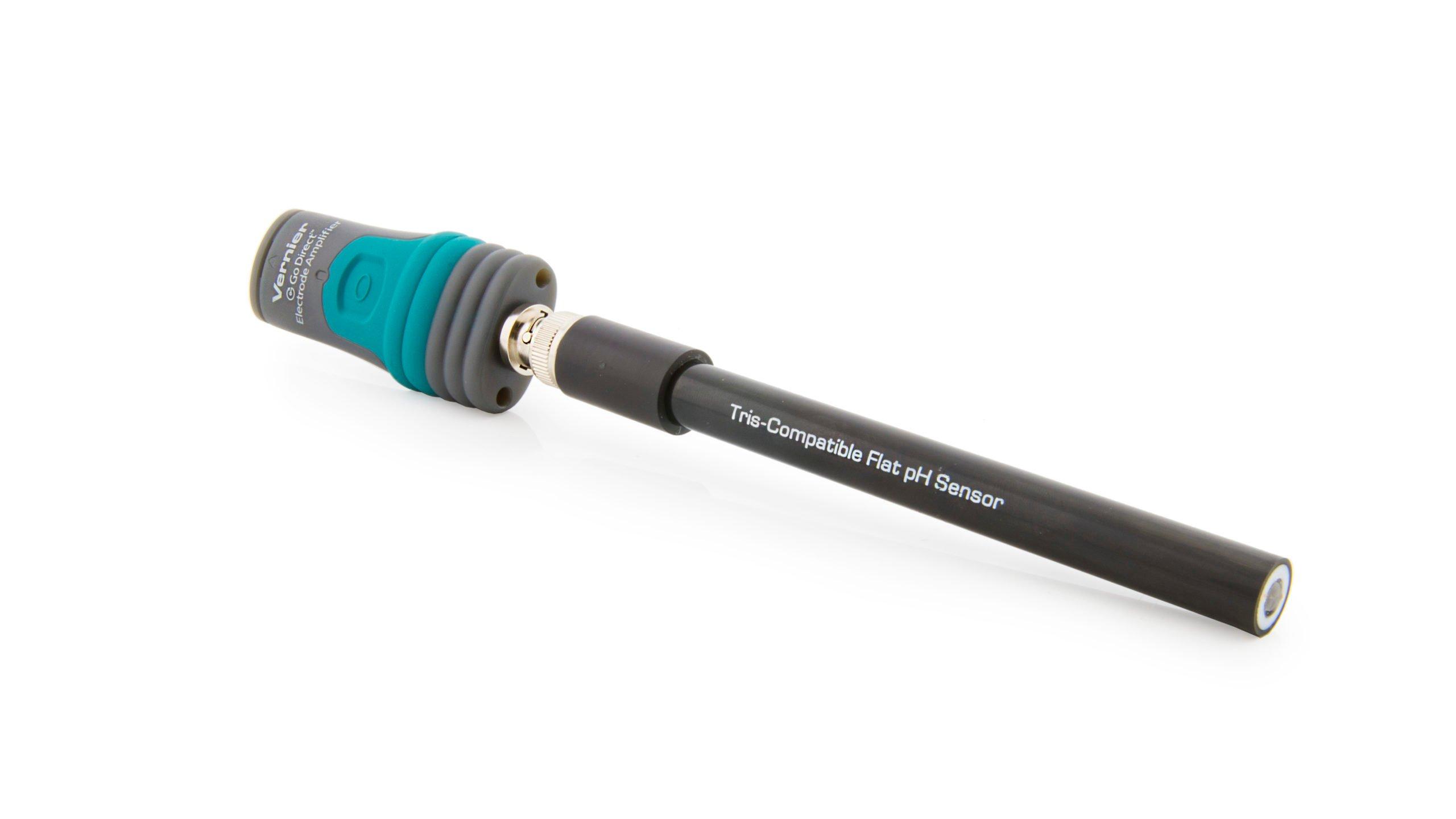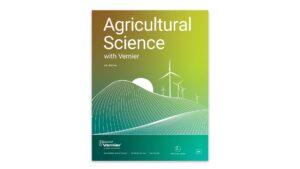Interdependence of Plants and Animals
Experiment #28 from Agricultural Science with Vernier
- Subject
- Agricultural Science

Introduction
Plants and animals share many of the same chemicals throughout their lives. In most ecosystems, oxygen (O2), carbon dioxide (CO2), water, food, and nutrients are exchanged between plants and animals. In this experiment, you will be designing your own experiments to determine the relationships between two organisms—a plant (Elodea) and an animal (a snail).
You will test to determine how oxygen and carbon dioxide are exchanged among Elodea plants, snails, and the water in which both exist. To perform the necessary tests, you will need to determine the presence of carbon dioxide. An easy way to do this is to monitor the pH of the pond water. If carbon dioxide dissolves in water, it forms carbonic acid, H2CO3, and the pH decreases. If carbon dioxide is removed from pond water, the amount of carbonic acid goes down and the pH increases. One can monitor the pH with a pH sensor and determine whether carbon dioxide is released into the pond water or is taken from the water. Dissolved oxygen (DO) can be monitored with an optical DO probe. Increases or decreases in the amount of dissolved oxygen can be rapidly assessed with this probe.
Objectives
- Use an optical DO probe to measure the dissolved oxygen in water.
- Use a pH sensor to measure the pH of water.
- Use pH measurements to make inferences about the amount of CO2 dissolved in water.
- Determine whether snails consume or produce oxygen and CO2 in water.
- Determine whether plants consume or produce oxygen and CO2 in the light.
- Determine whether plants consume or produce oxygen and CO2 in the dark.
Sensors and Equipment
This experiment features the following sensors and equipment. Additional equipment may be required.
Ready to Experiment?
Ask an Expert
Get answers to your questions about how to teach this experiment with our support team.
- Call toll-free: 888-837-6437
- Chat with Us
- Email support@vernier.com
Purchase the Lab Book
This experiment is #28 of Agricultural Science with Vernier. The experiment in the book includes student instructions as well as instructor information for set up, helpful hints, and sample graphs and data.



